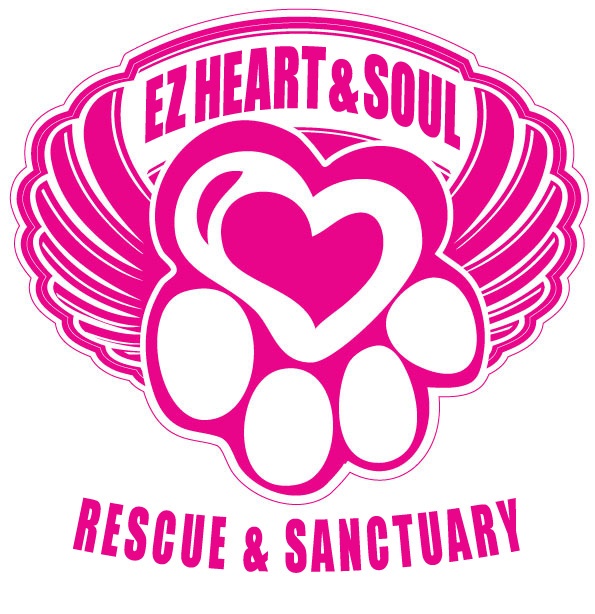before you adopt
Have you read up on their bios?
Please check out their profile in our Adoptable Dogs page. Each dog profile is great resource that offers each dog his/her own comprehensive information page regarding their stats and needs. It’s a great tool to help you determine if that specific dog fits you and your family’s lifestyle!
Do you have another dog?
If you have another dog at home, consider the dog’s age, temperament, and gender when choosing to adopt your new pup relative. Like humans, dog need common traits create a chemistry which will help to form their life long bond. If you know what your needs are, and you think they might make a good fit with one of our dogs, be sure to note them in your application for adoption. Also, feel free to bring your dog to your adoption meeting. A staff member, or volunteer, will be happy to help guide you through the initial introduction in our yard, or on a walk.
Does your residence allow pets?
Be sure to check with the owners or managers of your premises about whether pets are allowed. Ask if there are any breed or weight restrictions!
Is your home dog proof?
Despite what we know of your dog’s temperament at the rescue, many dog’s personality will adjust to dealing with a new environment. This transition can be intimidating for a dog at first. So be prepared to dog proof your home to make sure you dog stays safe. First, determine whether to restrict them from unwanted areas in your home as well as outside. While indoors, consider using a baby gate. While outdoors, check for areas that your dog may have the opportunity to dig and jump and be sure to secure those areas. Be sure you have an enclosed area that is tall enough that the dog cannot jump over. Check for escape routes. For example, monitor when your windows are open, while outdoors, garbage bins next to fences are a great opportunity for dogs to climb up and over your fence!
How do you help your dog transition from the kennel to your home?
The rescue staff will give you information on the specific care your dog received at the rescue. Nevertheless, keep in mind that your new dog has spent most of his/her time in their kennel. They are used to sleeping in on one side, in their dog house, and eliminating in the other side, directly outside of their house. As a result, not being able to go to the bathroom in some part of your home may be confusing. So, be prepared to re-introduce your dog to becoming house broken again. And, make sure to factor in more time for walks with your dog in the beginning as he/she becomes use to eliminating outdoors again. Additionally make sure to have an area ready for your dog to rest, and call his own. Provide a nice crate, bed, toys, chews, and a baby gate for areas that are off limits to explore. Have the right equipment to handle him ready. Ask the staff about what kind of leash and collar he thrives in.
Also, do you have a plan for the dog while you are away at work? Dogs may become anxious if left alone for extended periods of time. White noise, midday walks, plenty of toys, crate and other professional dog training will help keep your dog mentally healthy, happy, and responsible. Lastly, the rescue staff will provide you with enough of the shelter food to help transition your dog to his new diet. Keep in mind, not all dogs tolerate new food well, so use the 6 day transition plan: 1⁄4 of the new food mixed with 3⁄4 of the old food for 2 days; 1⁄2 a cup of the new food mixed with 1⁄2 of the old food for 2 days; 1⁄4 of the old food mixed with 3⁄4 of the new food for 2 days. On the 7th day serve 100% of the new food. And, we always encourage purchasing premium dog food. Ask your veterinarian what kind of diet is appropriate for your new dog.

